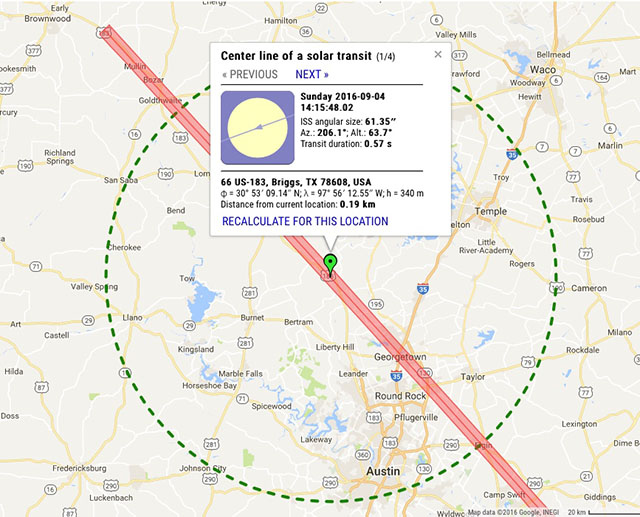- Images
- Blog
- Tools
- Questar
- The Questar telescope
- Questar resource links
- Search for Questar info
- 172mm Focal Reducer
- Afocal adapter for point and shoot camera
- Camera adapter lengths
- Camera adapter threading
- Camera connection
- Camera focusing
- Custom counterweight
- Drift Alignment Joy
- Finder Eyepiece Compatibility
- The Questar Moon 1981
- Questar Powerguide II Battery Life
- Questar Zone, How to Service Videos
- Red Dot finder mount for Questar
- Questar Viewing Table
- Wedge mounts
- White light solar filters comparison
- How to
- Get started in astronomy
- Astro RaspberryPi Camera and kin, the ASIAir and StellarMate
- Blind Smart-phone Equatorial Wedge or GEM Polar Alignment
- Camera phone adapter
- Celestron FirstScope with equatorial tripod mount
- Coat Pocket Astrophotography
- Day-lapse Images of Earthshine on the Crescent Moon
- Dobsonian Carrying Case
- DSO Astrophotography without a Telescope
- DSO imaging without a star tracker
- Estimating image resolution
- Lunar Eclipse Photography
- Moon photography - a dozen ways to shoot the Moon
- Meteor shower photography & planning
- Matching image sensor size to telescope resolution
- Narrow band imaging with color cameras
- Planetary Image Workflow
- Print and Display Astrophotography
- Observing
- Events
- More
- About
- Contact
Spot the ISS over Austin
ISS night sky passes
The International Space Station makes a spectacular site moving across the night sky. It usually takes about a minute to move across the sky. This sight is best appreciated with just your eyes. NASA makes it easy to know just when to look:
ISS transits of the Sun and Moon
Transits of the ISS across the disk of the Sun or Moon last only a second or less so use a telescope and don't blink. They are great photography opportunities with a telescope or very long lens (use appropriate equipment and great caution observing or photographing the Sun). ISS transits are only observable along very narrow (a couple of miles wide) paths along the ground.
ISS Transit Finder is a great tool for finding when and where to observe. It can make calculations up to seven weeks in advance. The ISS makes small orbital adjustments. It is best to recheck the ground track, a few days and a few hours before, to get the most accurate estimate. An example of the information you can get from ISS Transit Finder:
Another good on-line tool for planning observations of the ISS is CalSKY.
Content created: 2016-06-04
Comments
![]() Submit comments or questions about this page.
Submit comments or questions about this page.
By submitting a comment, you agree that: it may be included here in whole or part, attributed to you, and its content is subject to the site wide Creative Commons licensing.

Observing
Astronomical Forecast Dashboard
City Park Road Turkey Creek trail head
Dripping Springs, Wimberly, Johnson City
Fountainwood Observatory Southwestern University
Liberty Hill, Oatmeal, Bertram
Mexican American Cultural Center
Northwest Balcones / Talleyran Park
Shin Oak Observation Deck, Balcones Canyonlands
Texas Local Parks and Rest Areas
3 Rivers Foundation Comanche Springs Astronomy Campus
Aransas Naitonal Wildlife Refuge
Devils River State Natural Area
Devil's Sinkhole State Natural Area
Fort Griffin State Historic Site
Guadalupe Mountains National Park
Hill Country State Natural Area
Lost Maples State Natural Area
McDonald Observatory / Davis Mountains
Medina County Texas 173 Rest Stop between Bandera and Hondo


 Austin Urban Stargazing
Austin Urban Stargazing